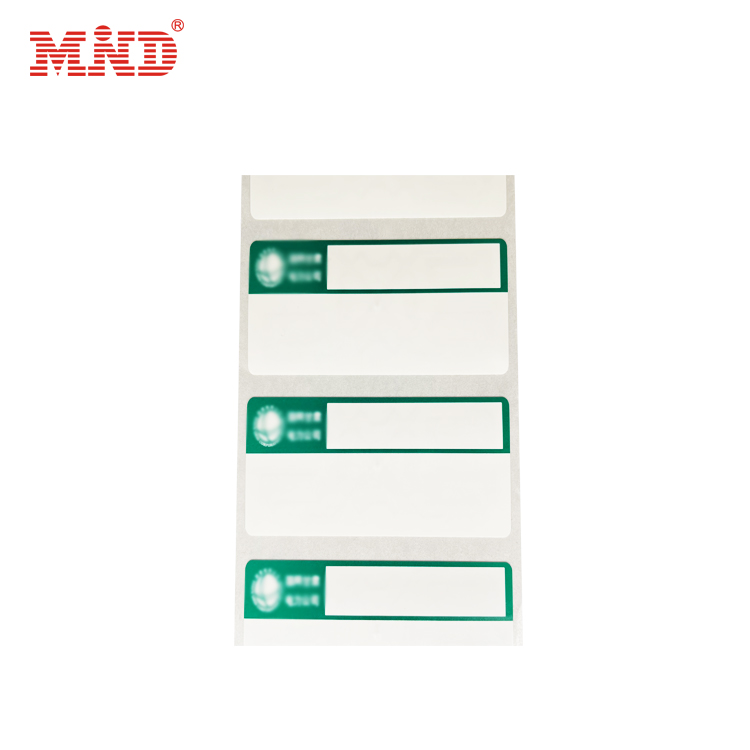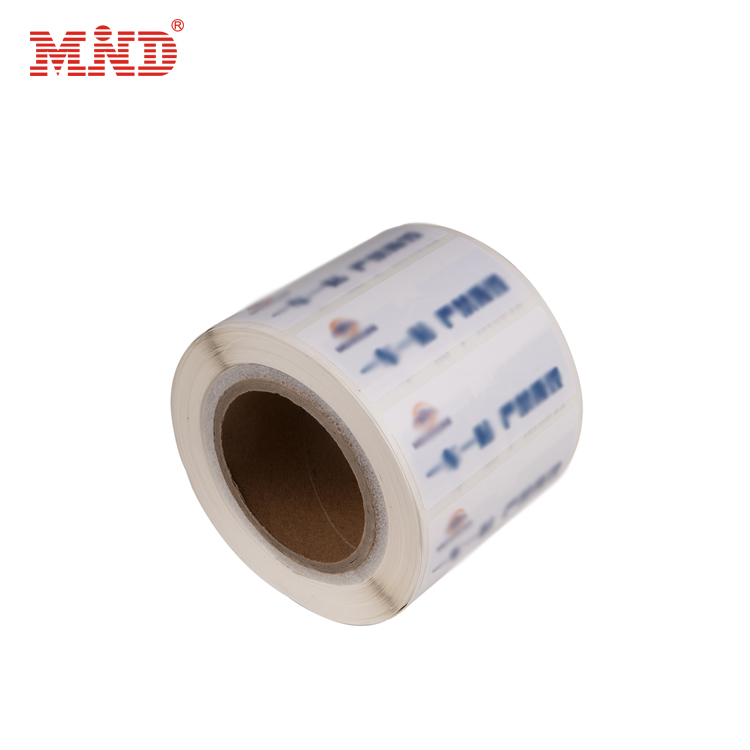GS1 has released a new label data standard, TDS 2.0, which updates the existing EPC data coding standard and focuses on perishable goods, such as food and catering products. Meanwhile, the latest update for the food industry uses a new coding scheme that allows the use of product-specific data, such as when fresh food was packaged, its batch and lot number, and its potential “use-by” or “sell-by” date.
GS1 explained that the TDS 2.0 standard holds potential benefits not only for the food industry, but also for pharmaceutical companies and their customers and distributors, which face similar problems in meeting shelf-life as well as obtaining full traceability. The implementation of this standard provides a service for the growing number of industries that are adopting RFID to solve supply chain and food safety problems. Jonathan Gregory, Director of Community Engagement at GS1 US, says we are seeing a lot of interest from businesses in adopting RFID in the food service space. At the same time, he also noted that some companies are already applying passive UHF RFID tags to food products, which also allows them to go from manufacturing and then tracking these items to restaurants or stores, providing cost control and supply chain visualization.
Currently, RFID is widely used in the retail industry to track items (such as clothing and other items that need to be moved) for inventory management. The food sector, however, has different requirements. The industry needs to deliver fresh food for sale within its sell-by date, and it needs to be easy to track during a recall if something goes wrong. What’s more, companies in the industry face an increasing number of regulations regarding the safety of perishable foods.
Post time: Oct-20-2022







